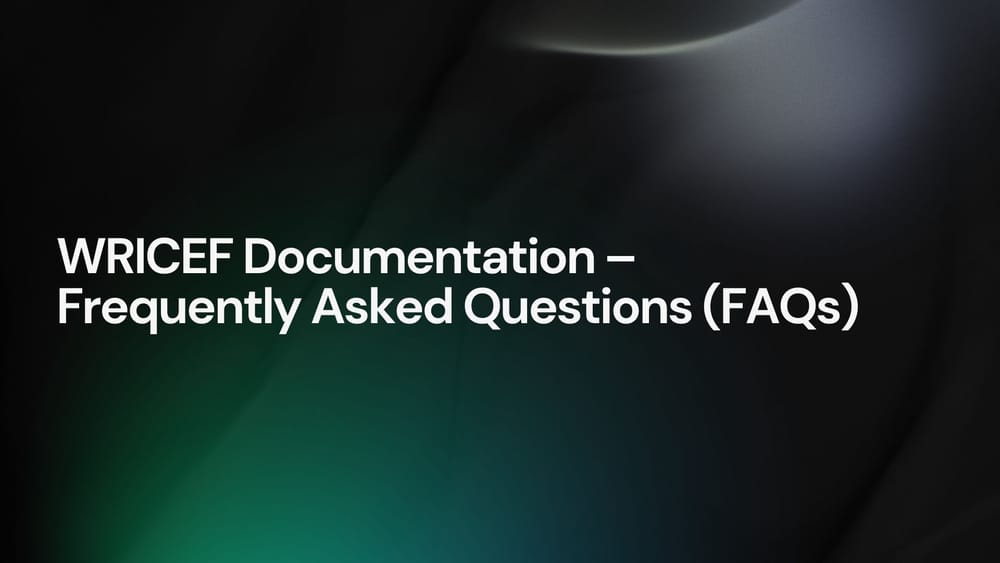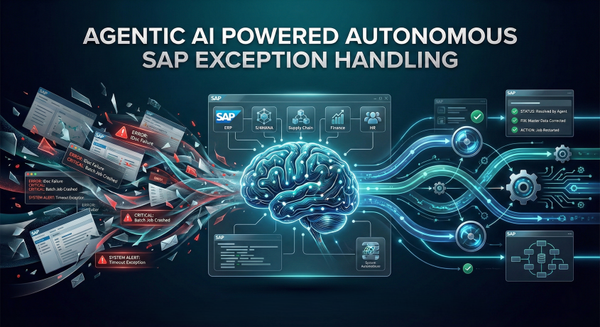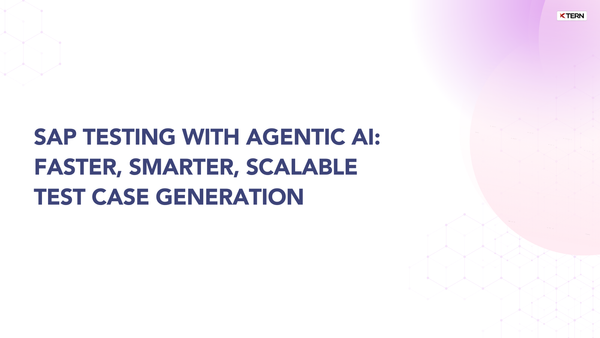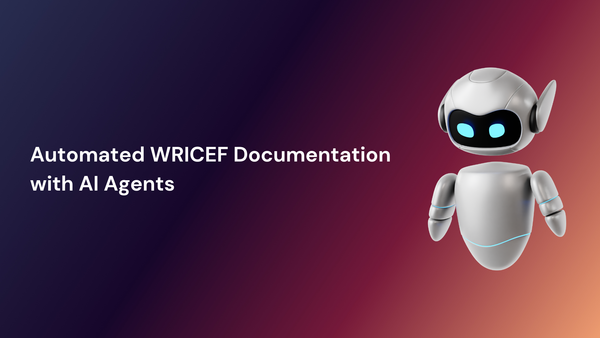WRICEF Documentation – Frequently Asked Questions (FAQs)
Q1. What does WRICEF stand for in SAP?
WRICEF stands for Workflows, Reports, Interfaces, Conversions, Enhancements, and Forms. These are custom objects developed in SAP systems to meet specific business requirements not covered by standard SAP functionality.
Q2. Why is WRICEF documentation important?
WRICEF documentation ensures business continuity, compliance, and knowledge retention. Without it, organizations face:
- Longer incident resolution times
- Higher migration and support costs
- Dependency on individual consultants
- Loss of intellectual property built over decades
Q3. What are the biggest pain points in WRICEF documentation?
The main challenges are:
- Manual documentation in Word/Excel (time-consuming)
- Outdated specs that don’t reflect current logic
- Scattered repositories (SharePoint, emails, consultants’ laptops)
- No single source of truth
- Poor linkage between technical and business context
Q4. How is WRICEF documentation traditionally done?
Traditionally, it is created manually after development through:
- Functional Specifications (FS): Describes business needs and requirements.
- Technical Specifications (TS): Details the development logic.
However, this approach is slow, inconsistent, and outdated by the time it’s completed.
Q5. Can WRICEF documentation be automated?
Yes. Platforms like KTern.AI WRICEF Documentation Agent automate the process by:
- Extracting object details directly from SAP systems
- Linking technical objects to business processes
- Creating a centralized, always up-to-date repository
This reduces documentation time by 70–80%.
Q6. How does WRICEF documentation help in SAP S/4HANA migration?
During a migration, every WRICEF object must be assessed to decide whether to retain, redesign, or retire. With proper documentation, this process becomes faster, cheaper, and more reliable. Without it, companies waste months and significant budgets rediscovering old logic.
Q7. What happens if WRICEF documentation is missing?
If WRICEF objects are undocumented:
- Support teams struggle to resolve issues quickly.
- Migration costs rise due to rework.
- Knowledge is lost when consultants leave.
- Audits and compliance checks fail due to lack of traceability.
Q8. Who is responsible for WRICEF documentation?
Traditionally:
- Functional consultants write Functional Specs.
- Technical consultants (ABAP developers) write Technical Specs.
Today, with automation, tools generate the bulk of documentation, while consultants validate and enrich the business context.
Q9. How many WRICEF objects does a typical SAP system have?
This varies by organization size and industry. Large enterprises often have hundreds to thousands of WRICEF objects accumulated over 10–20 years of SAP use. Each one represents unique business logic and IP.
Q10. How does WRICEF documentation improve audit and compliance readiness?
Automated WRICEF documentation provides traceability for:
- Who created the object
- What business purpose it serves
- When it was last changed
- Its current usage status
This ensures enterprises can confidently respond to auditors and regulators.
Q11. How does WRICEF documentation reduce SAP project costs?
By eliminating manual documentation effort and avoiding rework during migrations, WRICEF documentation can cut SAP project costs significantly.
Q12. Is WRICEF documentation only relevant during migrations?
No. It is equally critical for:
- Day-to-day support and incident resolution
- Onboarding new consultants
- Knowledge transfer between teams
- Continuous compliance and audit readiness
Q13. What is the link between WRICEF documentation and Clean Core in S/4HANA?
A clean core strategy emphasizes minimizing custom code and sticking to standard SAP processes. WRICEF documentation helps identify which custom objects are truly necessary and which can be retired, ensuring a sustainable, upgrade-friendly system.
Q14. Can WRICEF documentation capture both technical and business perspectives?
Yes. Effective documentation should cover:
- Technical details (code logic, dependencies, performance)
- Business context (why it was created, which process it supports)
Automation tools now capture both, reducing gaps between business and IT teams.
Q15. How often should WRICEF documentation be updated?
Ideally, continuously. Every time a WRICEF object is modified, the documentation should update. This is only feasible with automation, as manual updates often get skipped.
Q16. What industries benefit most from WRICEF documentation?
Industries with complex, customized SAP landscapes, such as Oil & Gas, Manufacturing, Utilities, Retail, and Banking benefit the most, as they often have thousands of custom developments built over decades.
Q17. Can WRICEF documentation improve collaboration between business and IT?
Yes. By linking technical objects to business functions, WRICEF documentation provides a shared understanding for both IT and business users, reducing misalignment.
Q18. What formats can automated WRICEF documentation be delivered in?
Most automation platforms generate documentation in:
- PDF or Word reports for distribution
- Centralized web dashboards for live access
- Integration with project governance tools for ongoing use
Q19. Is WRICEF documentation relevant in cloud-based SAP systems?
Yes. Even in SAP S/4HANA Cloud, organizations often extend with WRICEF-like objects. Documenting them is essential to avoid creating “shadow customizations” that undermine cloud agility.
Q20. How do I start with automated WRICEF documentation?
The first step is connecting an automation platform like KTern.AI to your SAP system. Within hours, it can generate a complete inventory of WRICEF objects, categorized by type, business process, and usage - establishing a single source of truth.




